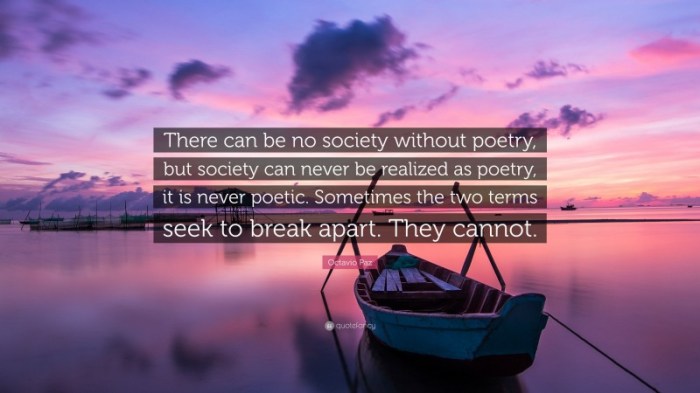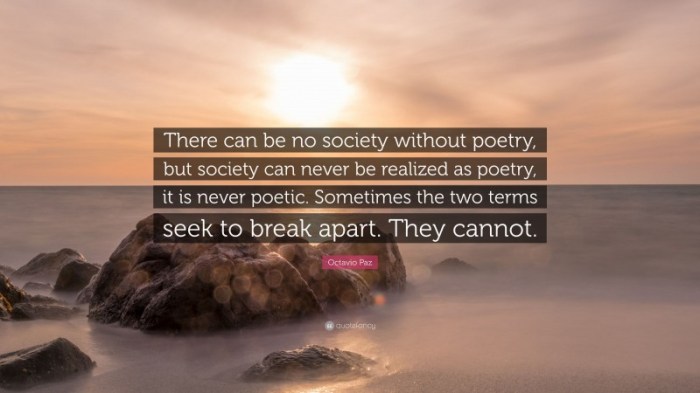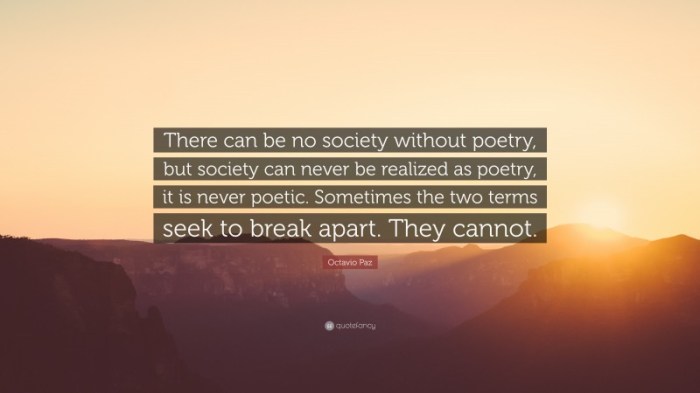Photographic portraits can never be poetic or introspective – Photographic portraits, often dismissed as mere representations of likeness, can never be poetic or introspective, a claim that this essay seeks to challenge. By exploring the technical aspects, emotional depth, and historical and contemporary examples of portraiture, we will unravel the ways in which photographs transcend their perceived limitations and capture the profound essence of human experience.
Delving into the technical intricacies of lighting, composition, and subject matter, we will uncover how these elements contribute to the emotional impact and introspective qualities of portraits. By analyzing the interplay of facial expressions, body language, and environmental cues, we will demonstrate how photographs can evoke a range of emotions and provide a window into the inner lives of their subjects.
Exploring the Subjectivity of Artistic Interpretation: Photographic Portraits Can Never Be Poetic Or Introspective
The perception of art as poetic or introspective is highly subjective, influenced by personal experiences, cultural backgrounds, and emotional responses. The same photograph may evoke different interpretations from different viewers, as each individual brings their own unique perspective to the viewing experience.
Influence of Personal Experiences and Cultural Backgrounds
Personal experiences shape our understanding of the world and influence how we interpret art. A photograph of a familiar scene, for example, may elicit stronger emotions in someone who has lived in that location than in someone who has not.
Similarly, cultural backgrounds can influence our artistic preferences and interpretations, as different cultures have distinct values, beliefs, and aesthetic sensibilities.
Role of Emotional Responses
Emotions play a significant role in artistic interpretation. A photograph that triggers a strong emotional response in one viewer may leave another viewer indifferent. This is because emotions are subjective and vary greatly from person to person.
Analyzing the Technical Aspects of Photographic Portraits

Technical aspects of photographic portraits, such as lighting, composition, and subject matter, can significantly impact their emotional impact and introspective qualities.
Lighting
Lighting can create mood and atmosphere in a portrait. Harsh lighting can evoke feelings of drama or tension, while soft lighting can create a sense of intimacy and introspection.
Composition
The arrangement of elements within a portrait can guide the viewer’s eye and influence their interpretation. A portrait with a central composition may emphasize the subject’s presence, while an off-center composition may create a sense of tension or movement.
Subject Matter
The subject matter of a portrait can also influence its poetic or introspective qualities. Portraits of people engaged in contemplative activities, such as reading or gazing out a window, may evoke a sense of introspection.
Examining the Role of Emotion in Photography
Emotions can be captured and expressed through photographic portraits in various ways.
Facial Expressions
Facial expressions are a powerful means of conveying emotions in portraits. A smile can express joy or contentment, while a frown can indicate sadness or anger.
Body Language
Body language can also reveal emotions in portraits. A relaxed posture may convey calmness or confidence, while a tense posture may suggest anxiety or fear.
Environmental Cues
Environmental cues can contribute to the emotional impact of portraits. A photograph of a person in a peaceful setting may evoke feelings of tranquility, while a photograph of a person in a chaotic setting may create a sense of unease.
Comparing Photographic Portraits to Other Art Forms

Photographic portraits share similarities and differences with other art forms.
Painting
Like paintings, photographic portraits can capture the physical likeness of a subject and convey emotions and introspection. However, photographs are often more realistic and detailed than paintings, which may allow for a more nuanced exploration of the subject’s inner world.
Sculpture
Sculptures are three-dimensional representations of subjects, while photographic portraits are two-dimensional. This difference in dimensionality can affect the viewer’s experience and interpretation of the artwork.
Literature
Literature can describe a subject’s inner thoughts and emotions in great detail, while photographic portraits can only capture a single moment in time. However, photographs can provide a visual representation of the subject, which can complement and enhance the written word.
Illustrating Historical Examples of Poetic Photographic Portraits

Throughout history, photographers have created poetic and introspective portraits that capture the human experience.
August Sander’s Portraits of the German People
Sander’s portraits depict individuals from all walks of life, revealing their unique personalities and social status. His photographs are often praised for their emotional depth and introspective qualities.
Dorothea Lange’s Depression-Era Portraits
Lange’s photographs of migrant workers during the Great Depression are known for their empathy and social commentary. They capture the hardships and resilience of the human spirit in the face of adversity.
Richard Avedon’s Portraits of Famous People
Avedon’s portraits of celebrities and other notable figures reveal their inner lives and vulnerabilities. His photographs often explore themes of identity, fame, and mortality.
Exploring the Contemporary Landscape of Photographic Portraiture

Contemporary photographers are pushing the boundaries of photographic portraiture and exploring new ways to convey poetic and introspective qualities.
Conceptual Portraiture
Conceptual portraits use photography to explore ideas and concepts rather than simply capturing a likeness. These portraits may be staged or manipulated to create a specific effect or convey a particular message.
Documentary Portraiture
Documentary portraits aim to capture the lives and experiences of real people. These portraits often focus on social issues or marginalized communities, providing a voice to those who may not otherwise be heard.
Self-Portraiture, Photographic portraits can never be poetic or introspective
Self-portraits allow photographers to explore their own identities and inner worlds. These portraits can be highly introspective and reveal the photographer’s thoughts, feelings, and experiences.
Q&A
Are all photographic portraits poetic or introspective?
No, not all photographic portraits possess poetic or introspective qualities. Some portraits may prioritize technical proficiency or aesthetic appeal over emotional depth.
What is the difference between a poetic and an introspective portrait?
Poetic portraits evoke emotions and create a sense of beauty through visual elements, while introspective portraits delve into the inner world of the subject, revealing their thoughts and feelings.
Can photographic portraits be as emotionally impactful as paintings or sculptures?
Yes, photographic portraits can convey emotions as effectively as other art forms. The immediacy and realism of photography allow for a direct connection between the viewer and the subject.